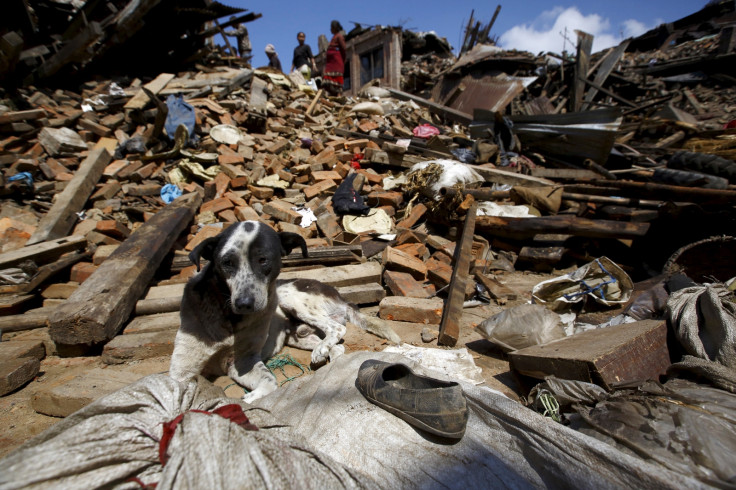Predicting earthquakes: A mixed outcome, but improving with data crunching

Scientists are unlikely to be ever able to predict earthquakes with any amount of certainty, according to the United States Geological Survey (USGS). They can utmost say a quake will hit a place sometime in the future, but not when it will happen.
However, big data analytics is providing the leap in accuracy of quake predictions, says Forbes, with recent predictions being 90% accurate.
A warning was issued on 22 February this year that a quake with a magnitude of around 6.5 on the Richter scale would shortly hit the Indonesian island of Sumatra. On 3 March, the island was rocked by a 6.4 magnitude quake.
Companies using satellite data are increasingly able to forecast major (magnitude 6+) quakes from one to 30 days before they occur in all key seismic prone areas
What are measured are abnormalities in the atmosphere caused by the release of energy and gases, which are often detectable well before the physical quake happens.
Chinese predictions
Chinese scientists, based on some precursors, have in the past been able to make very short-term predictions, as seen during the 7.3 quake that hit the Haicheng-Yingkow region on 4 February, 1975.
The imminent quake prediction was submitted on the same day.
In the Chinese prediction, the main method used was to look for the interval between medium -force quakes. If this is shorter than 47 days and more than five such quakes occur consecutively, another one with magnitude above 7 is likely to strike within six months in the region.
It was able to accurately predict the 6.1 Afghanistan earthquake on 4 February, 1998.
But the same method did not deliver on the 7.8 Tangshan quake in northern China that killed over 240,000 people in 1976.
While acknowledging the predictions, experts call on the Chinese State Seismological Bureau to submit the documents or publications used for the predictions, none of which have been made public.
Foreshocks to Nepal quake?
In India, similar foreshocks or low tremors as cited in the Chinese method have been recorded preceding the Nepal quake.
Since 1 April, as many as 11 mild tremors were registered by the Indian Meteorological Department (IMD) in Assam, Manipur and Uttarakhand, all in a highly seismic zone.
However, Indian authorities do not see any connection. N R Karmalkar, head of the department of geology at Pune University, told the Indian Express that it was difficult to say if the smaller tremors were precursors to it or not.
"Earthquakes are beyond predictability but we can say for sure that the Himalayan region is active in terms of earthquakes," he said.
Calculating probabilities
Scientists today predict where major earthquakes are likely to occur, based on the movement of the plates in the Earth and the location of fault zones.
They calculate quake probabilities by looking at the history of earthquakes in the region and detecting where pressure is building along fault lines.
These can go wrong as a strain released along a section of the fault line can transfer strain to another section.
This is also what happened in the recent quake, say French scientists, noting that the 1934 quake on the eastern segment had moved a part of the strain to the eastern section where the latest quake was triggered.
Some scientists have proposed studying electromagnetic fields which they suggest change just before an earthquake. Gas seepage and the tilting of the ground are some other areas of study.
Dogs, snakes and birds can sense an earthquake much before humans can. The common toad (Bufo bufo) can detect seismic activity days in advance of a quake, as recorded during the 2009 L'Aquila, Italy quake.
A 2010 study published in the Journal of Zoology found that 96% of male toads in a population abandoned their breeding site five days before the quake struck almost 74kms away.
Can humans borrow detecting techniques from the animal world?
Around the world more than 13,000 people are killed each year by earthquakes. Predicting earthquakes accurately can help cut down on these deaths and destruction.
© Copyright IBTimes 2025. All rights reserved.





















